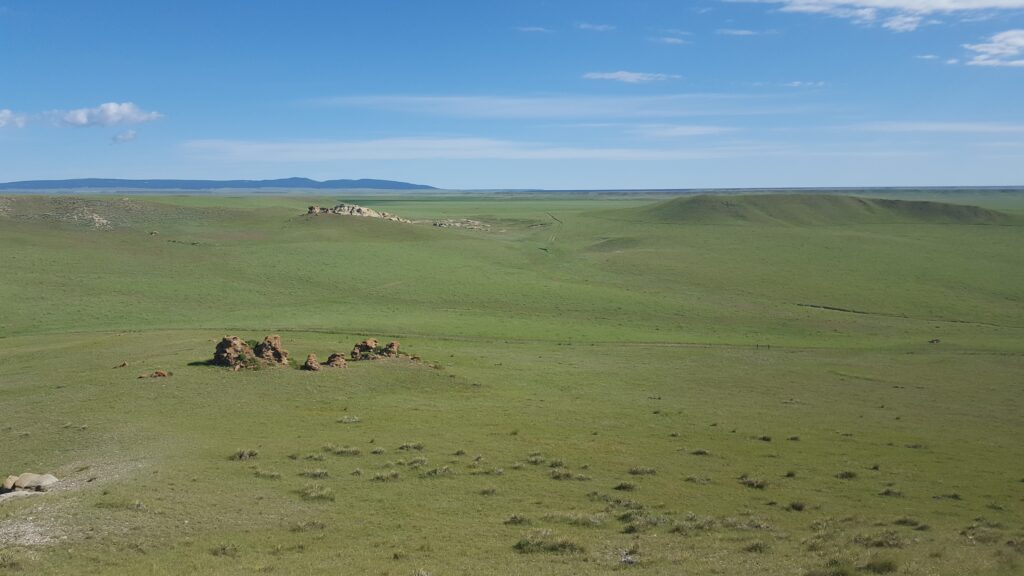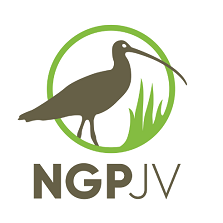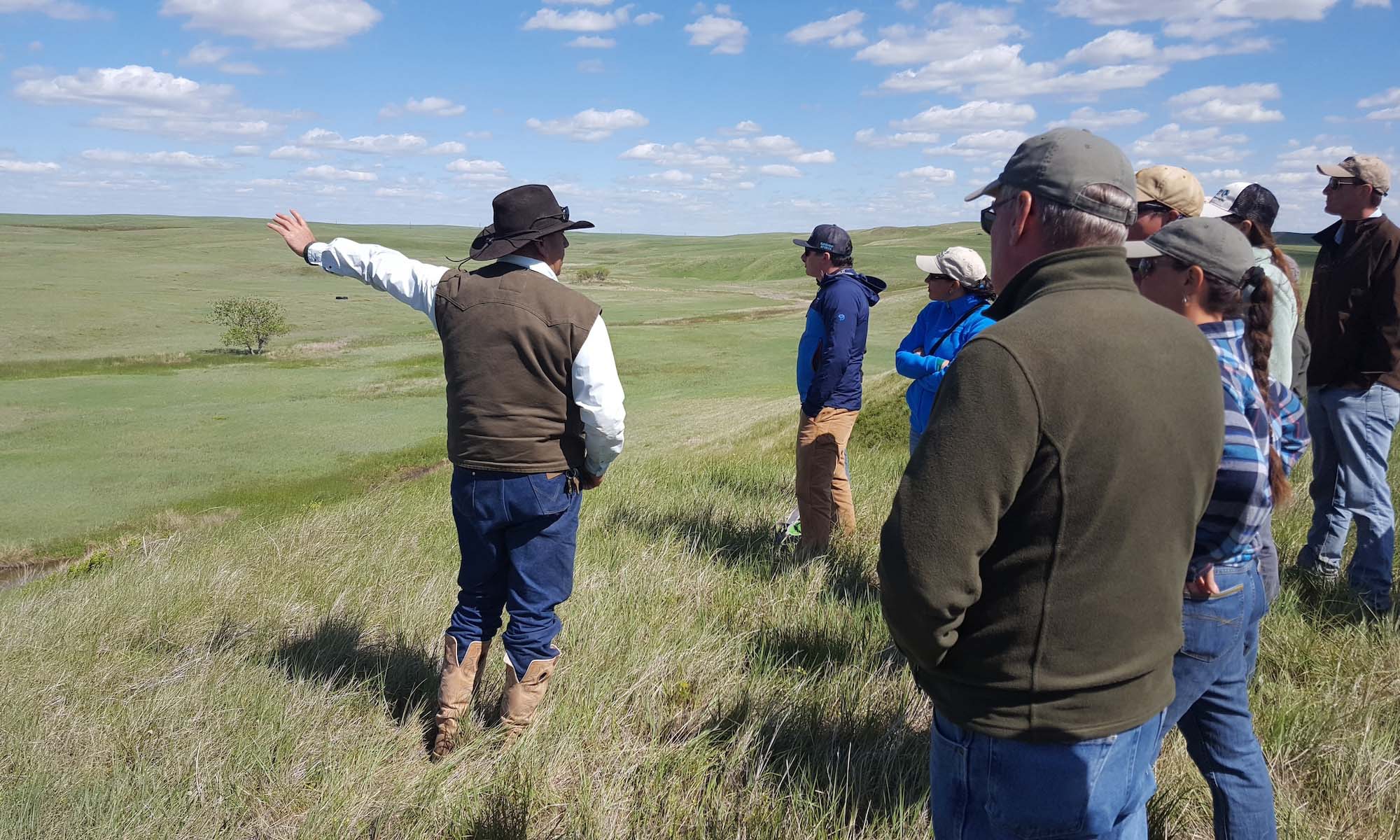
Northern Great Plains Joint Venture
Grassland Persistence/Retention
Agriculture, including cattle and crop production, is the dominant land use throughout much of the NGP and most of the land is in private ownership. Rural economies are often at a competitive disadvantage to urban economies and rural populations are, in general, aging. The NGPJV is dedicated to supporting local agricultural communities and private lands producers to ensure their long-term ability to continue to steward the grasslands. Through the NGPJV’s Northern Grasslands Restoration Incentive Program, the NGPJV is providing assistance to working lands producers to help them remain profitable (e.g., water infrastructure).
5-year acres: 255,000
5-year cost: $4 million
Grassland Enhancement/Management
Annual invasive grasses and woody encroachment are degrading existing rangelands in the NGP. Monoculture stands of tame grasses, such as crested wheatgrass, negatively impact grassland diversity across the region. The NGPJV is working to enhance working grasslands to improve diversity and ecological function by assisting with rangeland infrastructure, interceding, and grazing management through the NGPJV’s Northern Grassland Restoration Incentive Program.
5-year acres: 220,000
5-year cost: $3 million
Grassland Restoration
The Northern Great Plains (NGP) includes >4 million acres of tilled agriculture on unproductive soils most suitable for restoration to grassland. The amount of land enrolled in the Conservation Reserve Program (CRP) of the US Dept. of Agriculture (USDA) has also declined substantially in the NGP, and the region on average has seen a 57% decline in acres enrolled since a high in 2007. The NGPJV partnership is focusing on restoration of these acres to native grasslands and/or enrollment in CRP native grass and forb plantings (e.g. under the current CP-2 program) through the NGPJV’s Northern Grassland Restoration Incentive Program (N-GRIP).
5-year acres: 875,000
5-year cost: $22 million
Land Protection
Conversion in the NGPJV averages 0.45%/year and current land protection rates are not keeping pace with agricultural conversion rates. The NGPJV has identified 2.9 million acres of intact rangeland most at risk of conversion due to soil characteristics. NGPJV is helping land trusts and state wildlife agencies prioritize voluntary conservation easements and long-term conservation leases in the most at-risk areas.
5-year acres: 400,000
5-year cost: $90 million
Wetland Conservation
Wetland densities are low in the NGPJV landscape, but our partnership is refining models of wetland types, diversity, and resiliency to identify those grassland conservation areas and wetland projects that will provide the most benefits to producers, communities, waterfowl, and other wetland-dependent birds. This includes a focus on wet meadows and prairie streams critical to biodiversity. NGPJV is providing assistance for low-tech process-based mesic and riparian restoration associated with working grasslands through our Northern Grasslands Restoration Incentive Program (N-GRIP).

